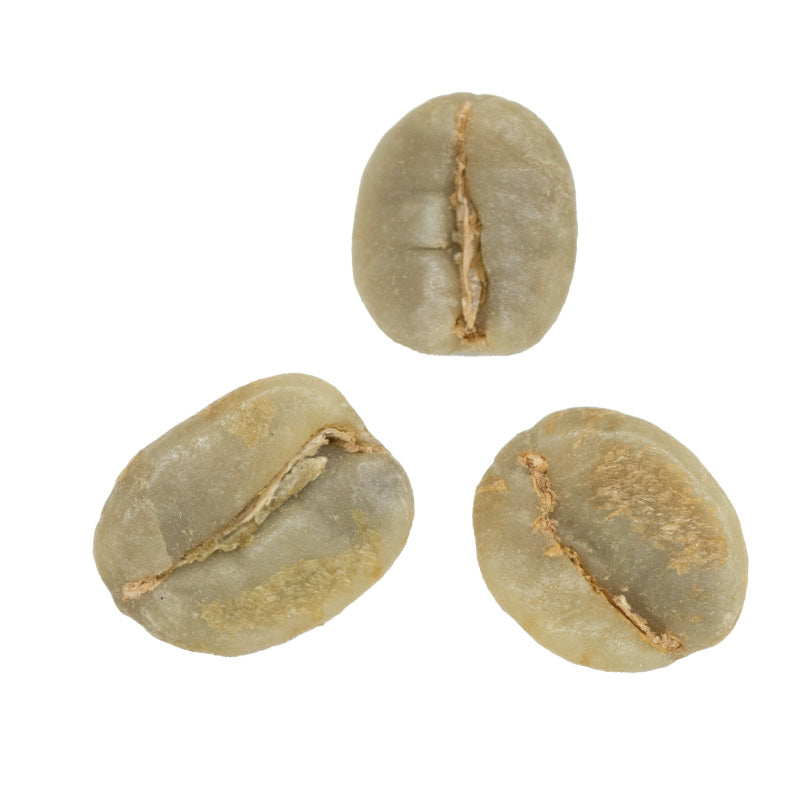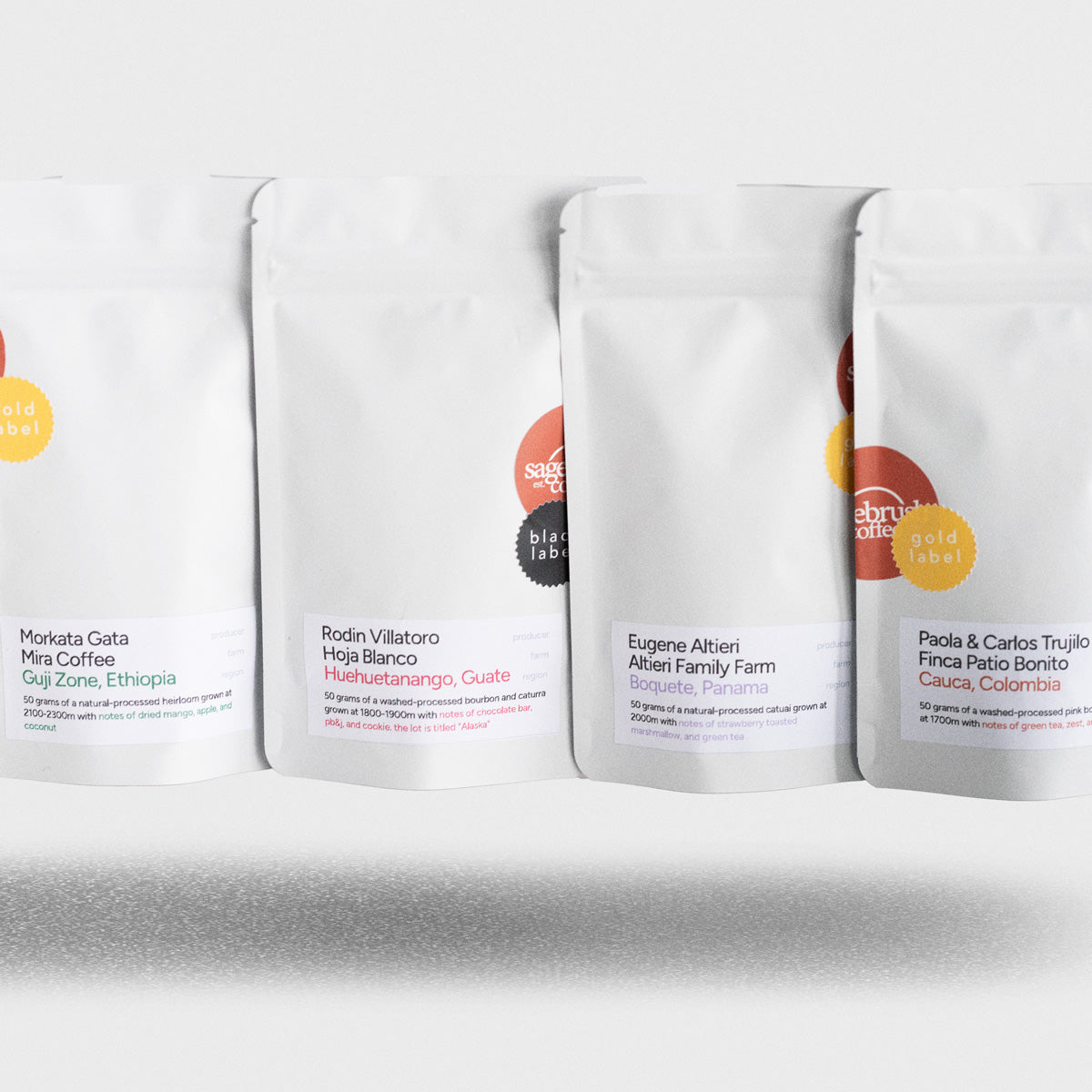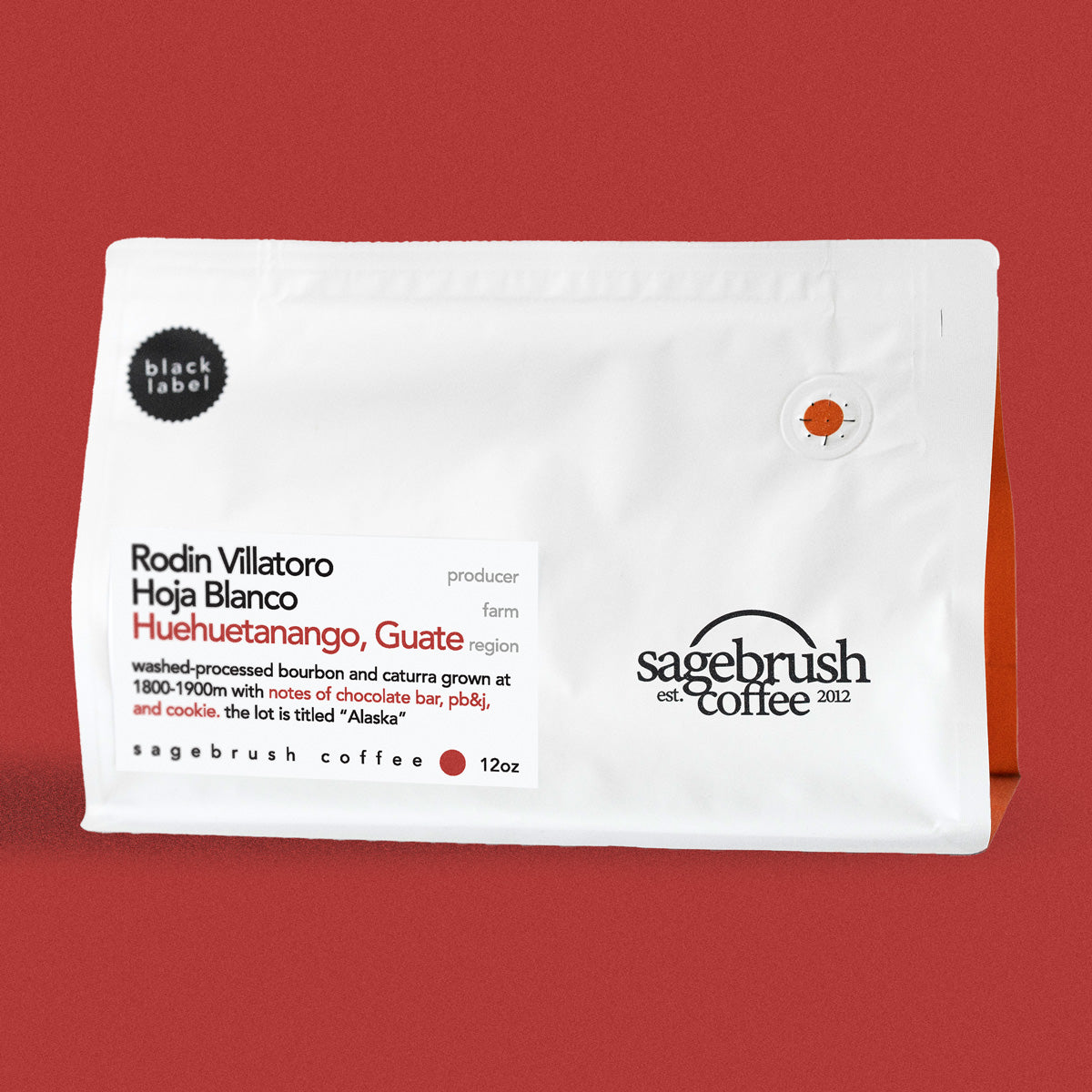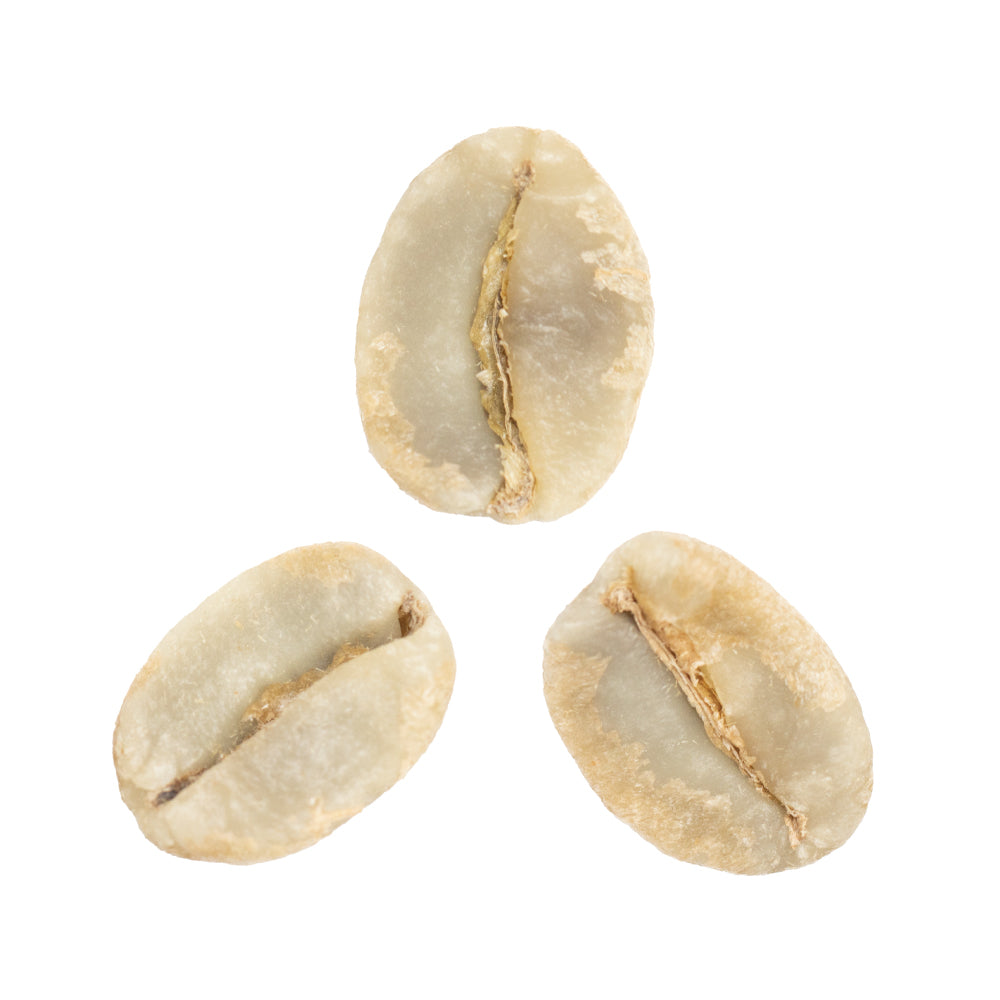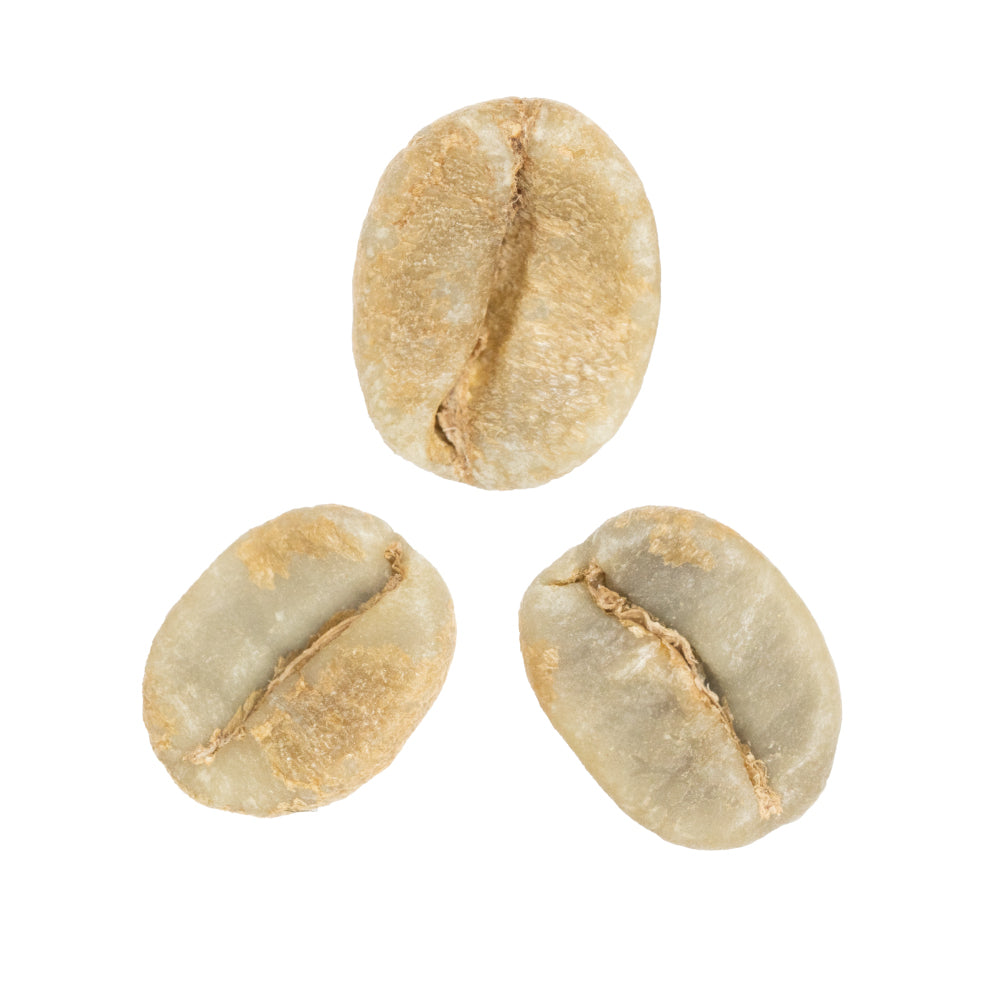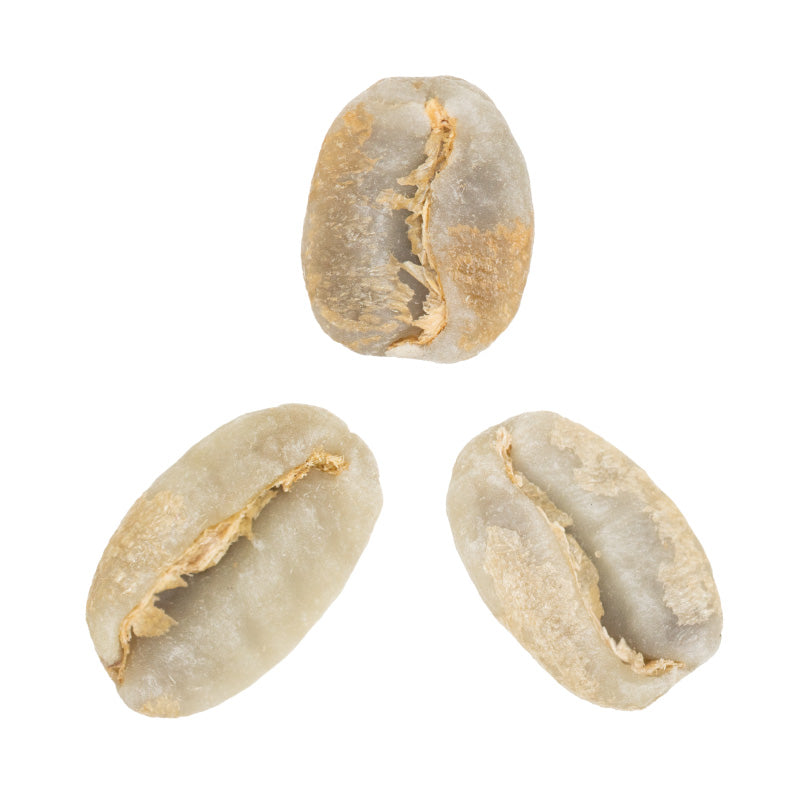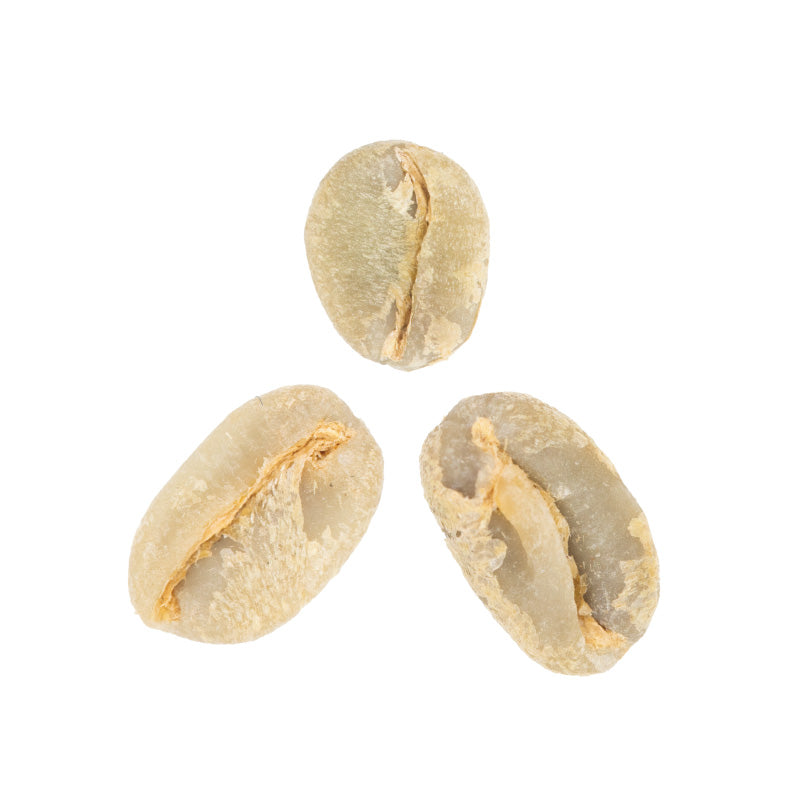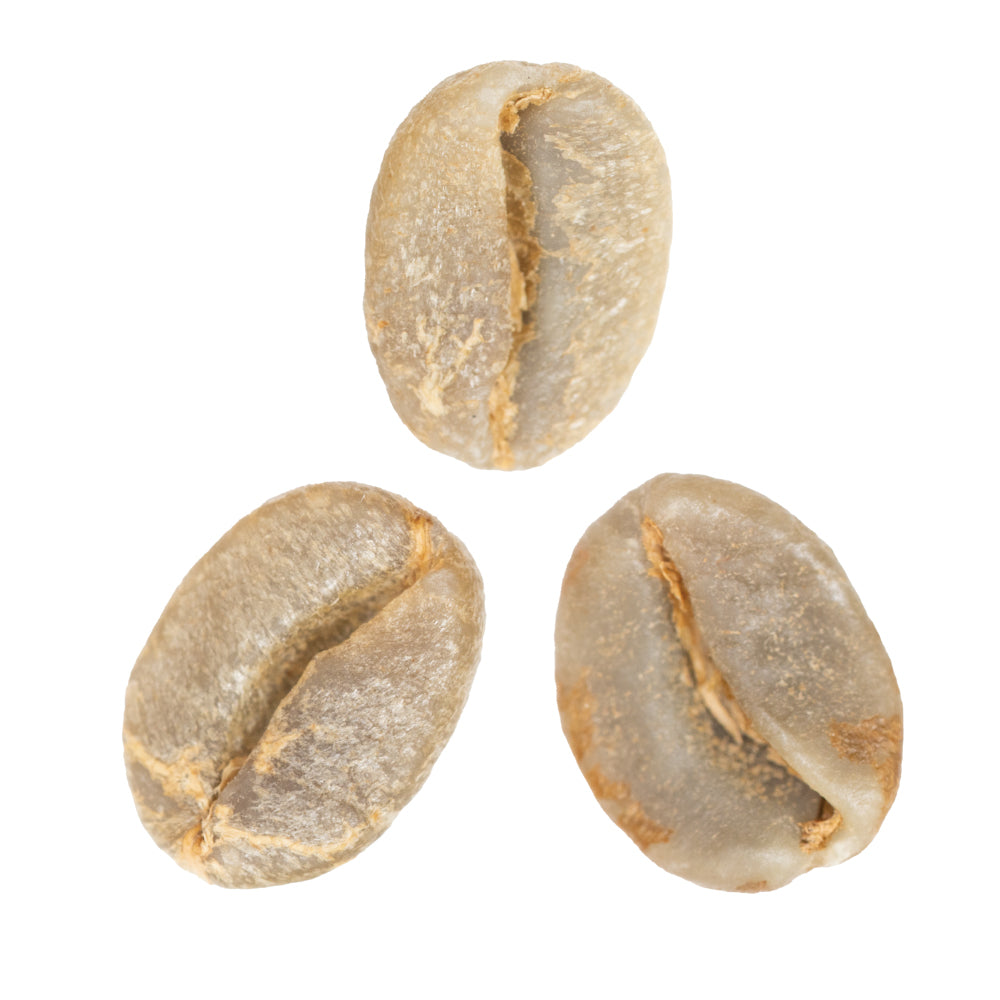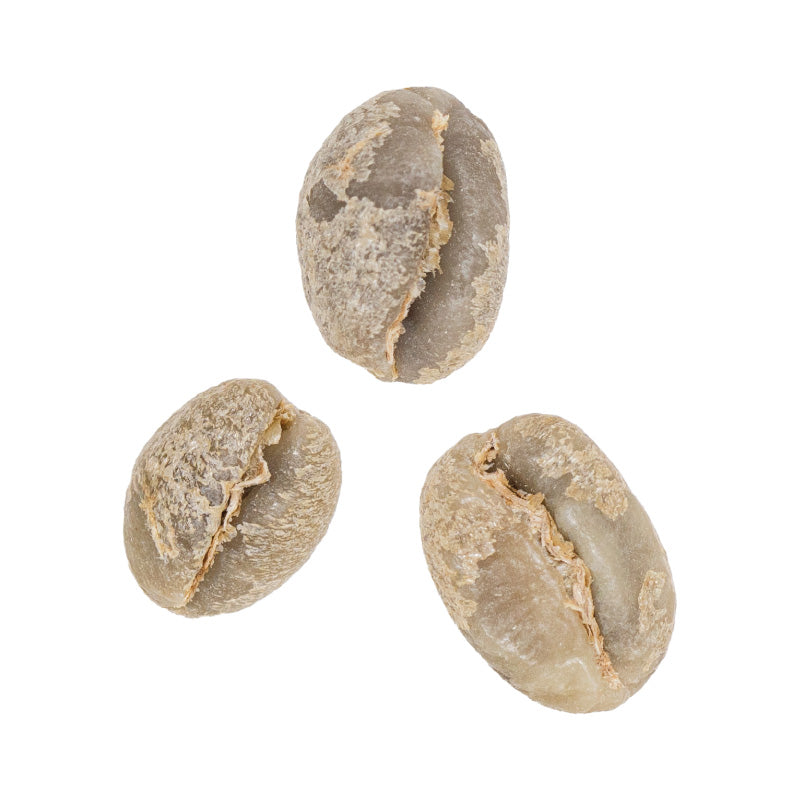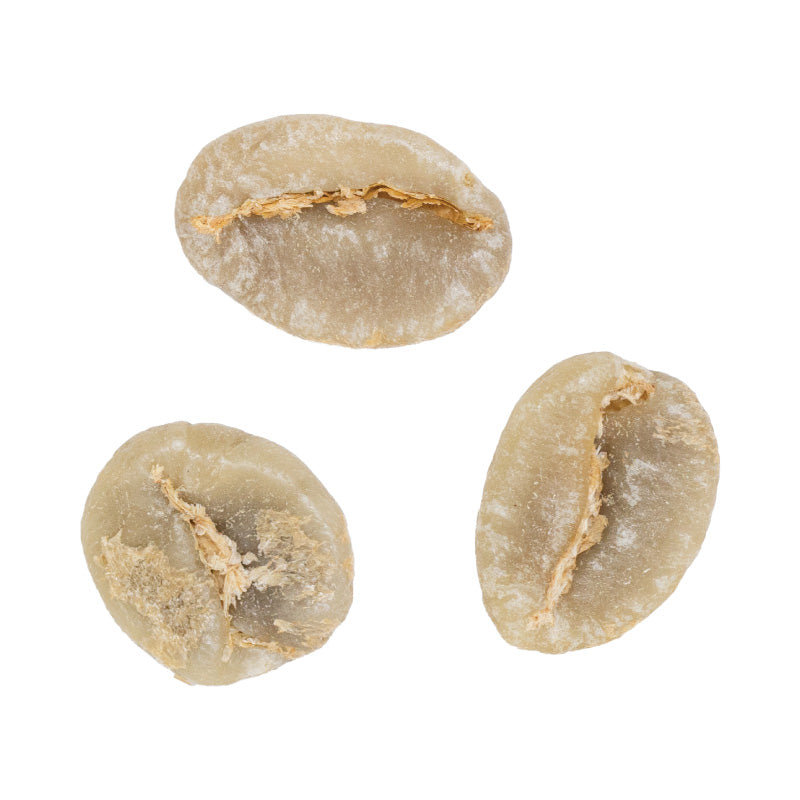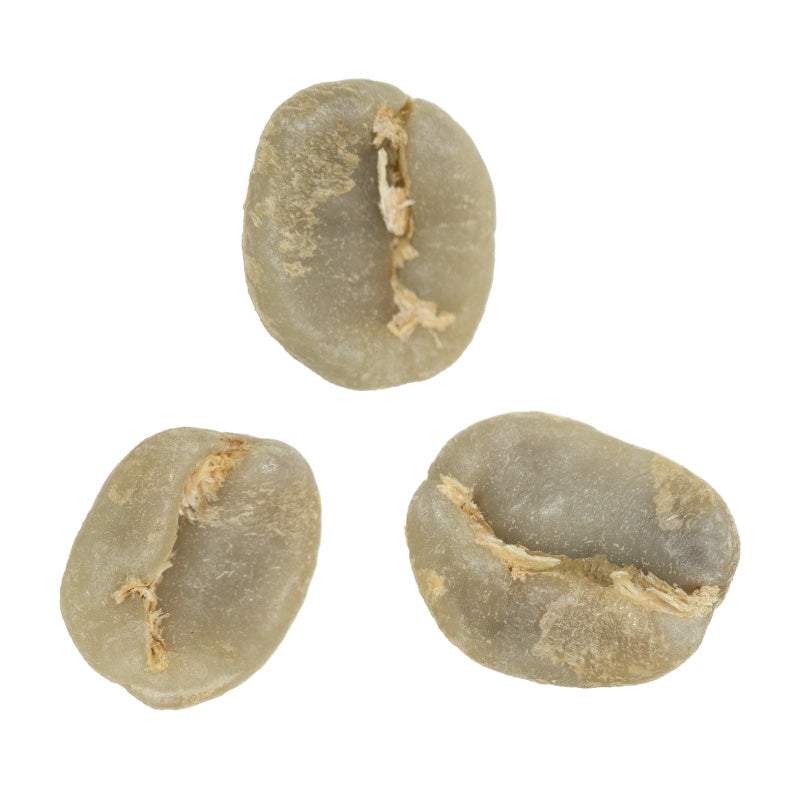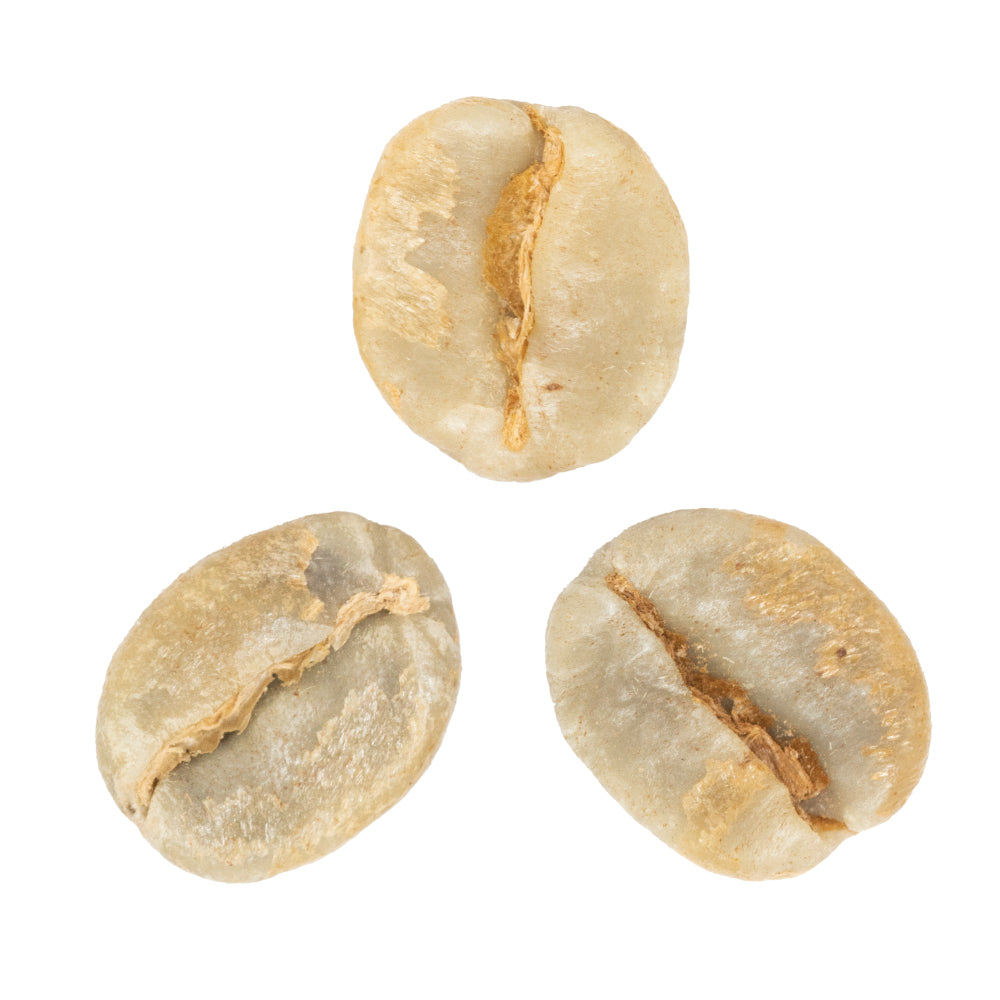Coffee Varieties Guide •
Read our Coffee Varieties articleWhat Are Coffee Varieties?
Every coffee bean begins as the seed of a bright red cherry growing on the Coffea Arabica plant. Those seeds are then extracted, processed, and packaged to become the green coffee “beans” we all know and love.
But just like apples, Coffea Arabica has many varieties.
All apple trees belong to the same species, but the fruit they produce differs in texture, acidity, sweetness, and color (think, Granny Smith vs. Red Delicious).
Similarly, all coffee plants belong to the Coffea Arabica species, but there are literally thousands of different varieties that produce fruit with different flavor characteristics.
How did those different varieties come about, you might ask? Great question!
Way back around the 1400 or 1500s in Ethiopia (where the Coffea Arabica plant originates), a single variety (the Typica variety) was transported to Yemen. From Yemen, it spread all over the world.
And as it did, it transformed into different varieties through three primary ways: natural mutations, natural cross-breeding, and human-engineered cross-breeding. Caturra is a result of natural mutation.
See, as that first Typica variety began growing in other soils, every once in a while a mutation would occur in its genetic makeup, where one or two genes would be modified to change it into a different variety.
For example, as Typica grew on the island of Bourbon (pronounced: “boar-bone”), it mutated into a more productive, more disease-resistant, sweeter-tasting variety–Bourbon!
Bourbon became the new Typica and together, these two varieties became the “parents” of most other Arabica coffee varieties. This sets the stage for how Caturra came about.
History of Caturra
In early-20th-century Brazil, a single gene in a Bourbon plant mutated, making the plant’s branches grow closer together.
The result? A shorter, more compact, more productive variety–Caturra!
The dwarfism of Caturra made it a preferable variety in a few ways. Not only did its smaller size allow for denser planting (and therefore more yields), it was easier to harvest (its full height being about 6.5 feet), and still produced a high-quality cup of coffee.
Compact plants usually yield more but are often less flavorful, so this variety was notable for not sacrificing cup quality for yields.
Dubbed “Caturra” (kah-TOOR-ah) by the indigenous Guarani people of the region, it was selected for a mass breeding program by the Brazilian Agronomic Institute of Campinas (IAC) in the 1930s.
But the real surge in Caturra’s popularity came when it was introduced to Latin America.
In the 1970s, when Caturra was introduced to Colombia, its production exploded. At one time, this variety accounted for nearly half of the country’s coffee production.
But Caturra has one pretty significant downfall: its high susceptibility to plant diseases like coffee leaf rust.
Though it is still economically one of Central America’s most important coffees, Caturra is also used as a cultivar for creating new varieties. Varieties like Castillo and Catuai boast Caturra as one of their parents, making Caturra an important variety both as a crop and cultivar. Additionally, Caturra has also become a standard against which new varieties are tested.
Flavor Profile of Caturra
Thriving at higher altitudes (between 1,493 to 1,670 meters above sea level), Caturra is known for its balanced sweetness, lively acidity, citrusy notes, and medium body.
Where it’s grown and how it’s processed shape its flavor significantly. For example, a naturally processed Caturra will include more berry and tropical fruit flavors whereas a washed processed will manifest more chocolatey notes with brighter acidity.
Caturra as a variety shines when it comes to what it offers both producers and consumers–an efficient plant that produces a bright, clean, consistent cup of coffee.
In the world of coffee, Caturra proves that sometimes the smallest plants make the biggest impact.



